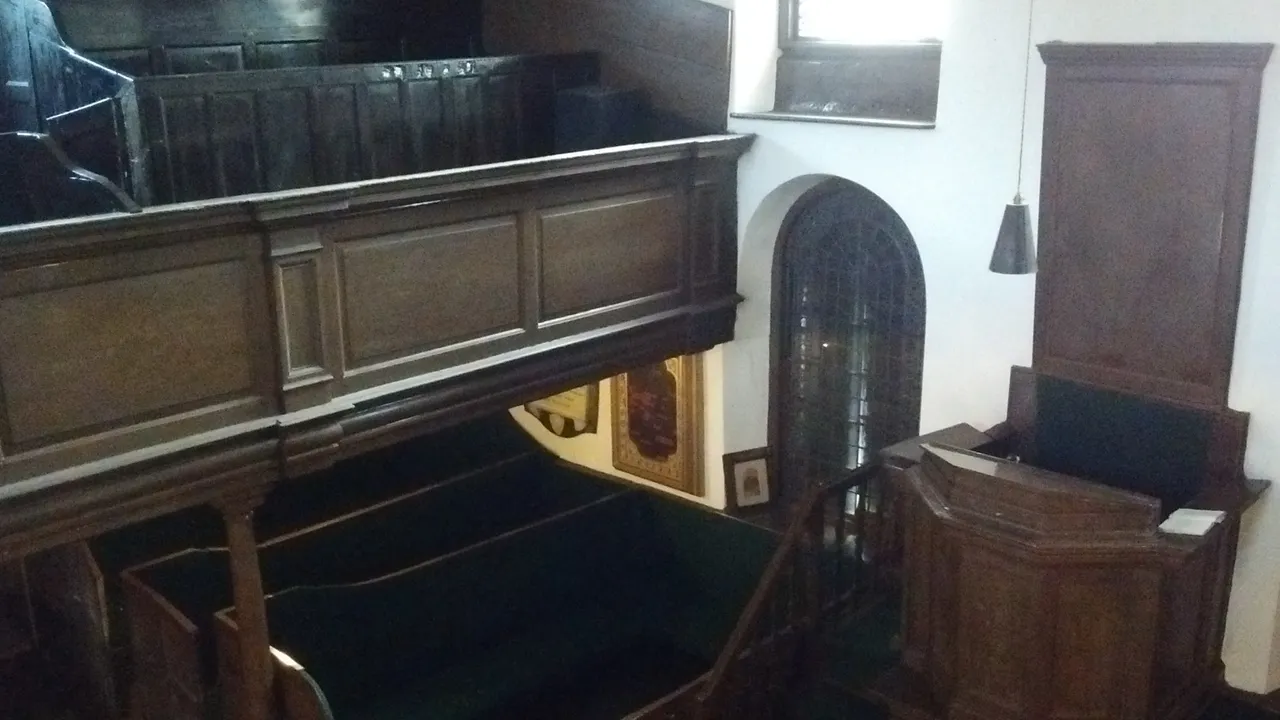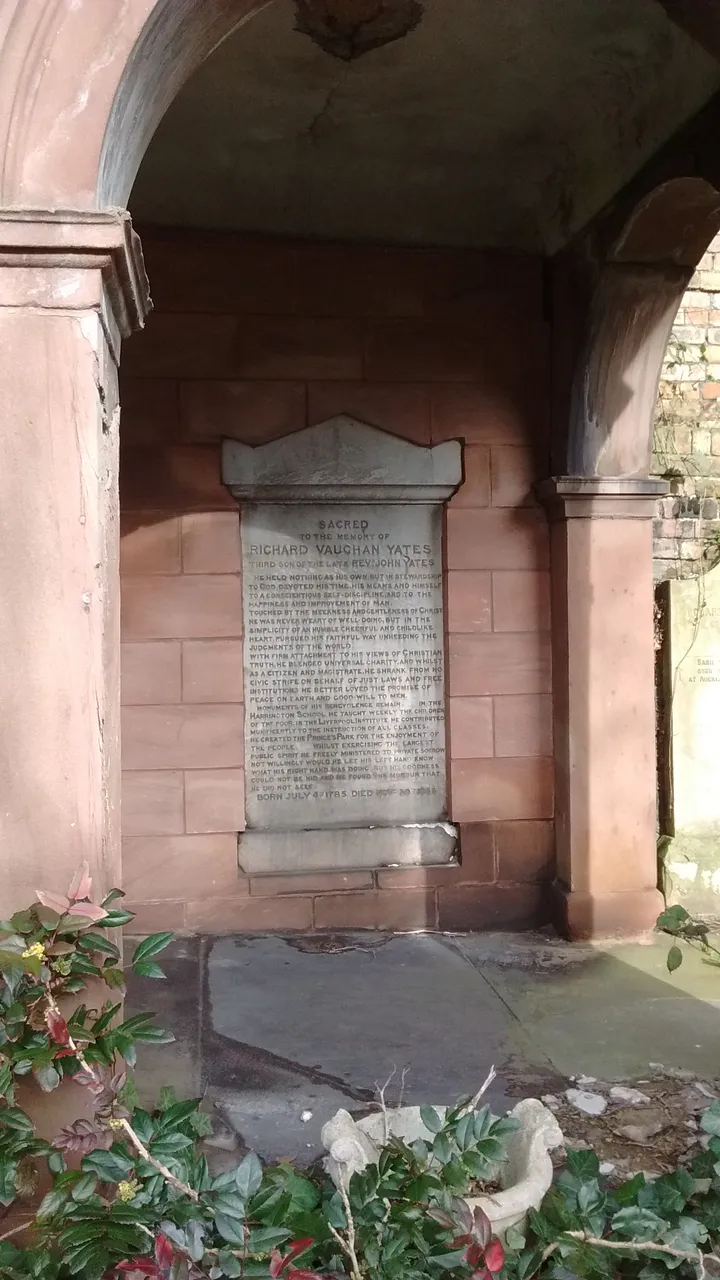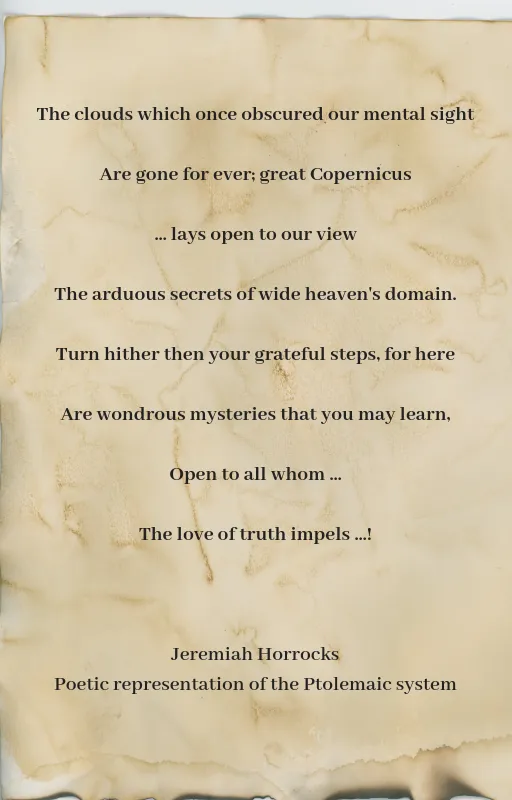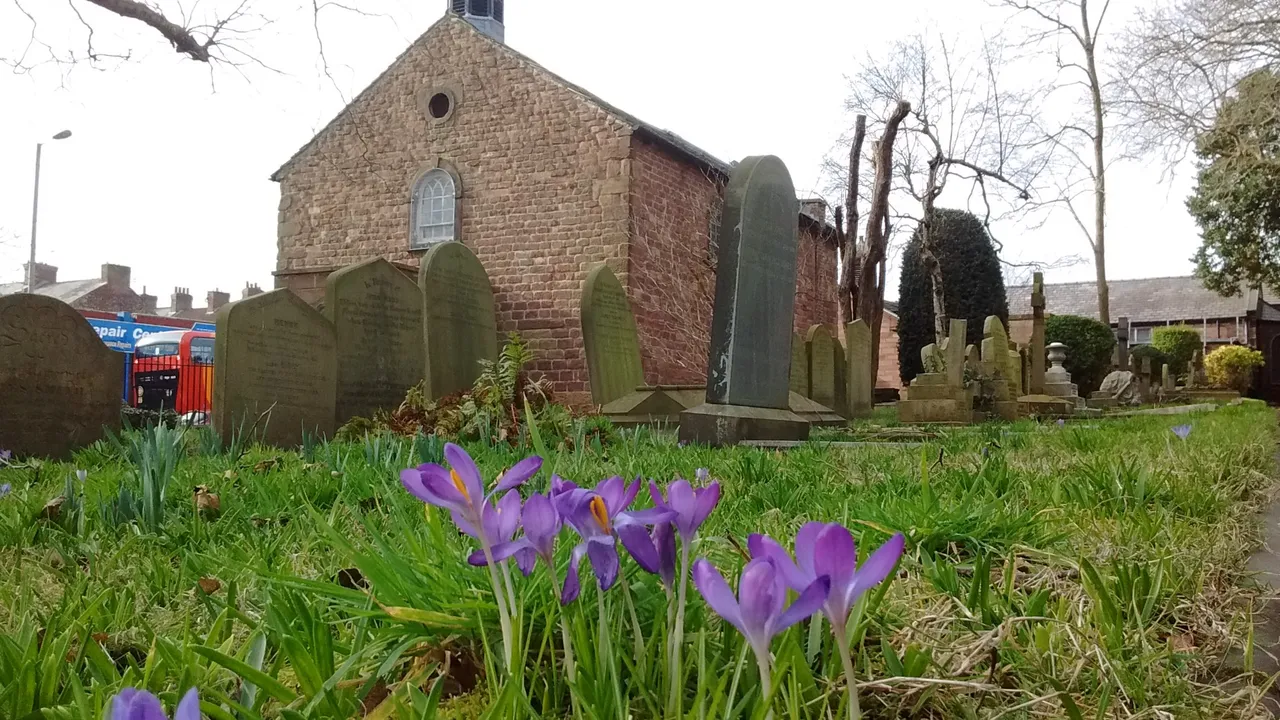
The Ancient Chapel of Toxteth - A Brief History of Schism in Liverpool
The ancient chapel of Toxteth is the oldest building in the city of Liverpool. The chapel dates back to 1618, and was built in the times of the beginning of the Puritan movement in reaction to anti-Catholic sentiment. This separatist religious schism gave rise to small independent chapels, places that followed a more inclusive doctrine which put less emphasis on the priest and more on personal worship.
The chapel's construction was started in 1611 by a group Puritan farmers who built a school in Toxteth and appointed Richard Mather, at the age of 15, as its master. He subsequently went to Brasenose College, Oxford to continue his education but was asked to return to Toxteth on 30 November 1618. By this time the chapel was built and he preached his first sermon on 30 November 1618. In the later years of Richard Mather's work as a school master, one of his pupils was Toxteth born astronomer and poet Jeremiah Horrox (sometimes spelt Horrocks). Jeremiah went on to predict, and to be one of only two people to observe, the transit of Venus across the sun’s surface on the 24th of November 1639
1. Richard Mather was ordained in the Church of England, however he was suspended from the ministry in 1633 and again in 1634 because of his nonconformist preaching. Mather finally emigrated to America in 1635
2.
The chapel grew to become the largest congregation in the Toxteth Park village which was one of the first settled areas in what is now known as Liverpool. The park was purchased from the crown by Richard Molyneux (earl of Sefton) in 1604, before which it had remained in the hands of the monarchy since the reign of King John (1199 – 1216). Molyneux, who was a Eoman Catholic, granted the land to the church parishioners showing a liberality not often found in those days
3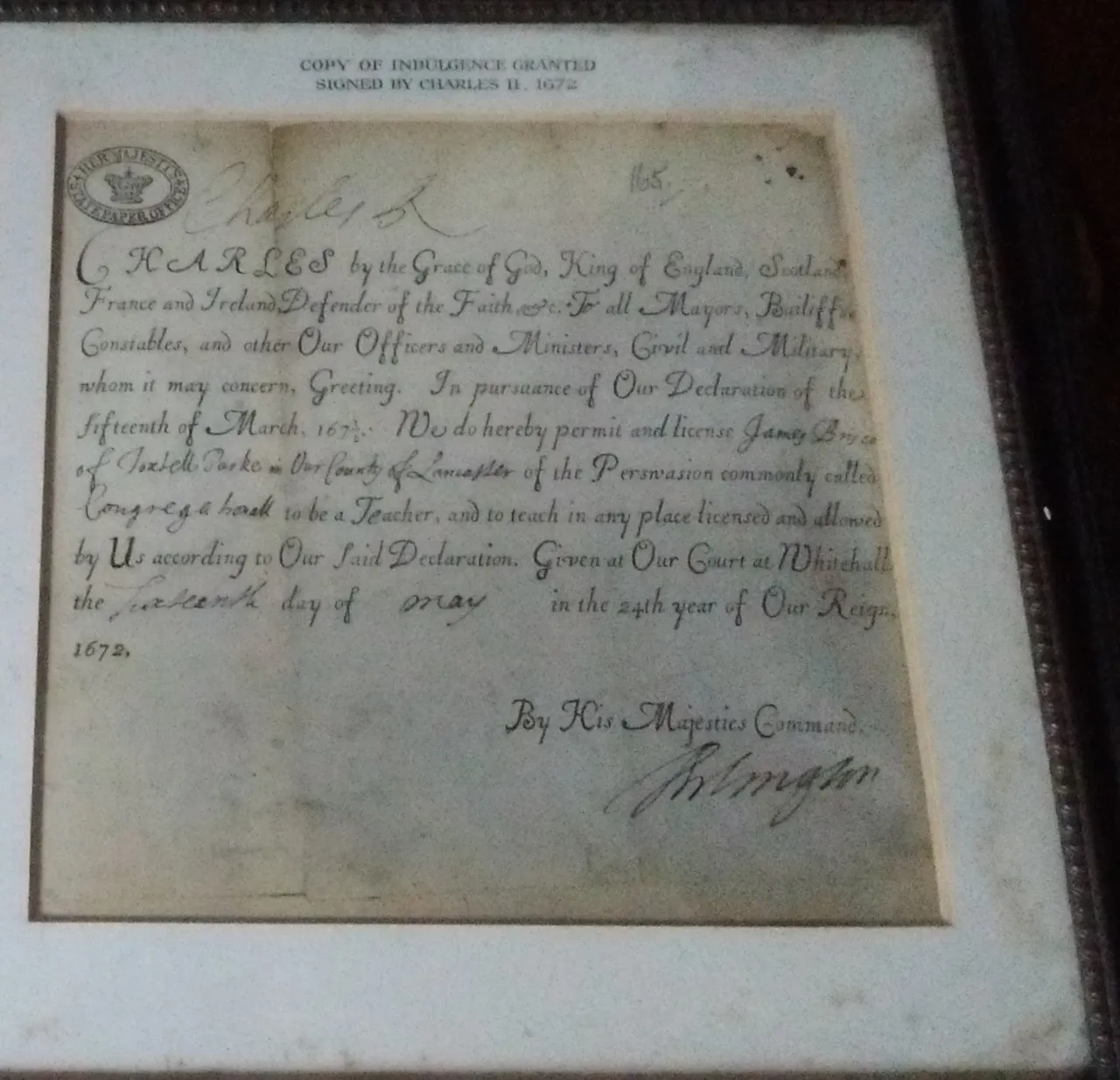
In 1678 a Royal Declaration of Indulgence to hold service was granted and signed by Charles the 2nd in respect to Toxteth Chapel. This application was submitted by Thomas Crompton in 1672 and approved by the king in his attempt to extend religious liberty to Protestant nonconformists and Roman Catholics throughout the realms, by suspending the execution of the Penal Laws that punished recusants from the Church of England
4. This application was further strengthen by influential parishioners of the church and the burgeoning community of farmers who paid tithe on the land. The chapel remained an important and well attended place of worship throughout the 17th, 18th and 19th century, with many influential industrialists of the port of Liverpool among the congregation.
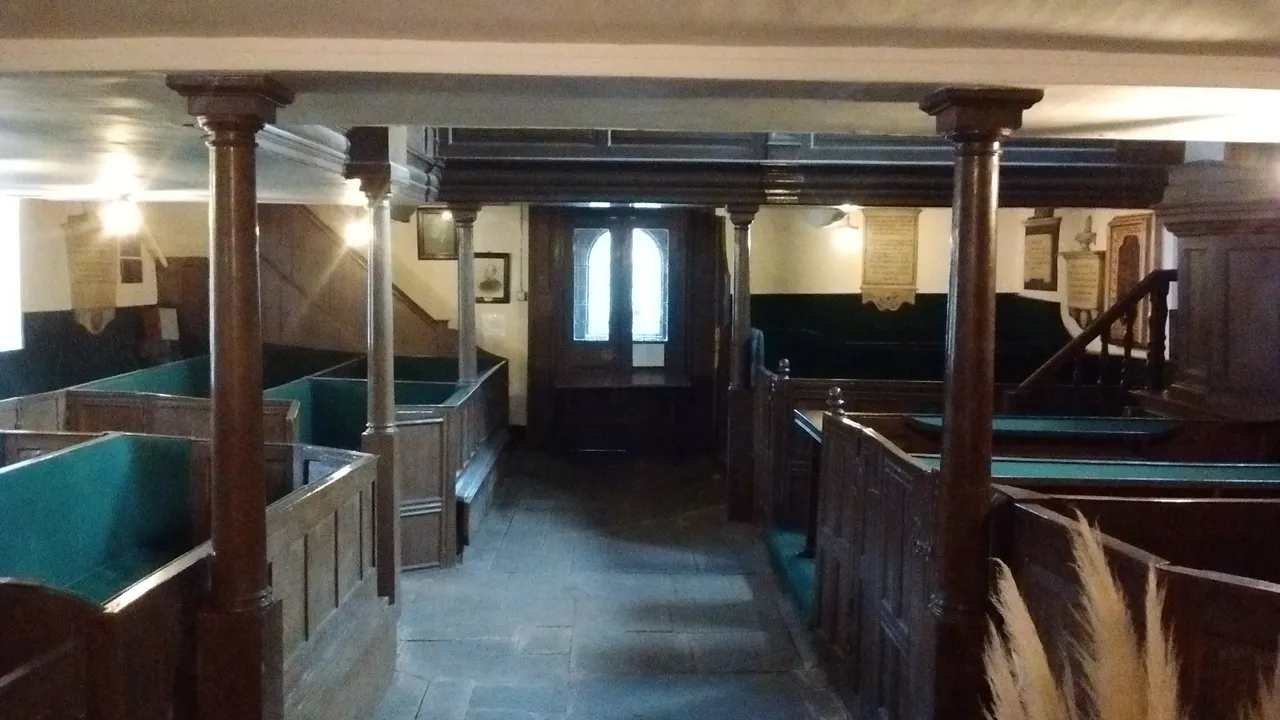
The Ancient Chapel of Toxteth - Impressions of a Poet
It is fair to say that I am not a historian. The history interests me in as far as providing inspiration and I find myself researching history like I have for this article as a way to bring color to the imagery in my poetry. It is an essential part of the act of creation to find the facts that inform the impression, but equally important is to visit, feel and touch the places you write about. I was very lucky to be invited to this amazing ancient space by the current custodian of the church. To walk among the pews, smell the air and absorb the atmosphere of the various artifacts.
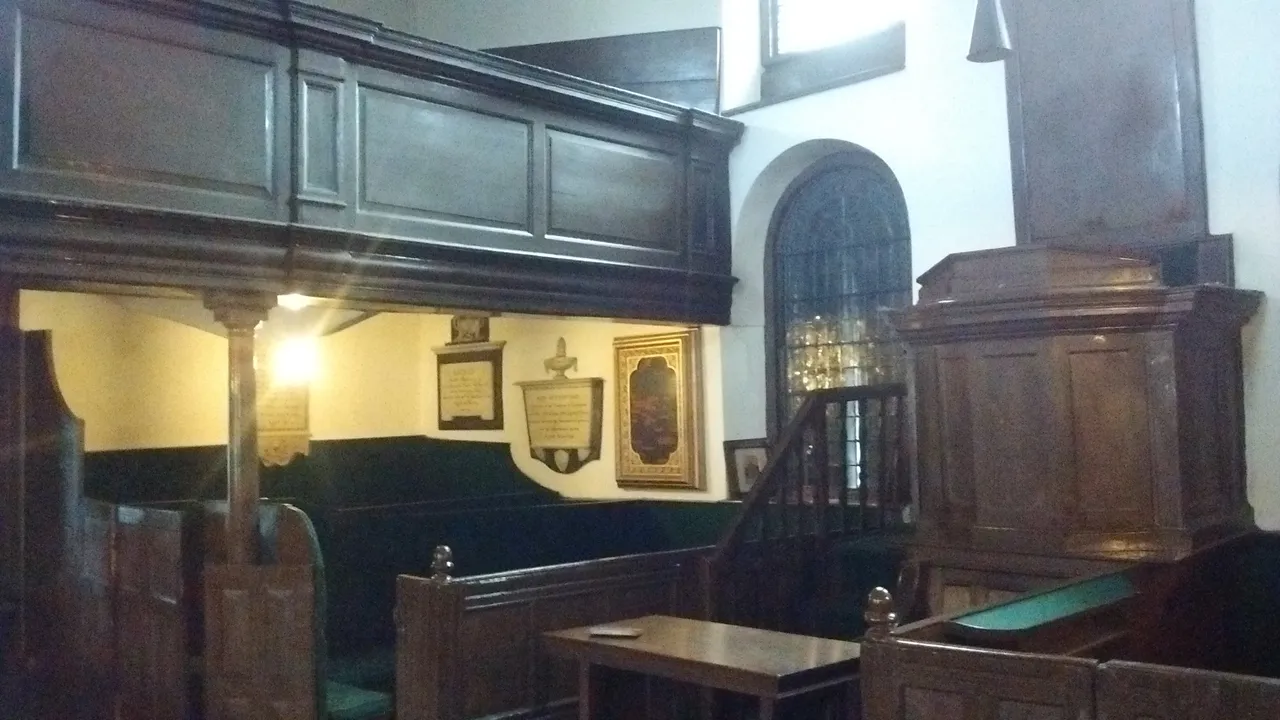
The chapel is very small, split across two levels, it can hold around one hundred people comfortably. The age of the place fairly leaks out of the pores of the building. There is a combined smell of wood polish, ancient textiles from the pulpit and pew cushions, along with a more intangible sense of stone long settled. The quiet of time lies on the chapel like a fog and it is surprising how peaceful it feels given that a main road now runs past the building.
The church's southern wall by the lectern backs straight onto a road busy with cars, buses and passersby. This weight of time is something I've felt in other locations, I have no other way to describe the feeling other than like a blanket hanging over your shoulders. A quilt of quietude woven through the stones in long years of worship. I am not at all religious but I often get this feeling in many old churches that I visit, along with castles and ancient places of nature.
The graveyard is small yet interesting, with an open vault housing the rich members of past congregations. While others are buried in traditional graves marked with either flat stones or upright markers.
Out here the main road is impossible to ignore as the background thrum of the modern mingles with the atmosphere of ancient memories.
The City Bleeds
Police sirens whine
in time with the thundering
of bus wheels.
Stones sing the ages,
in rhythmic flicking pages.
Recorded past life.
The city bleeds
sound through ancient mounds;
sacrosanct earth.
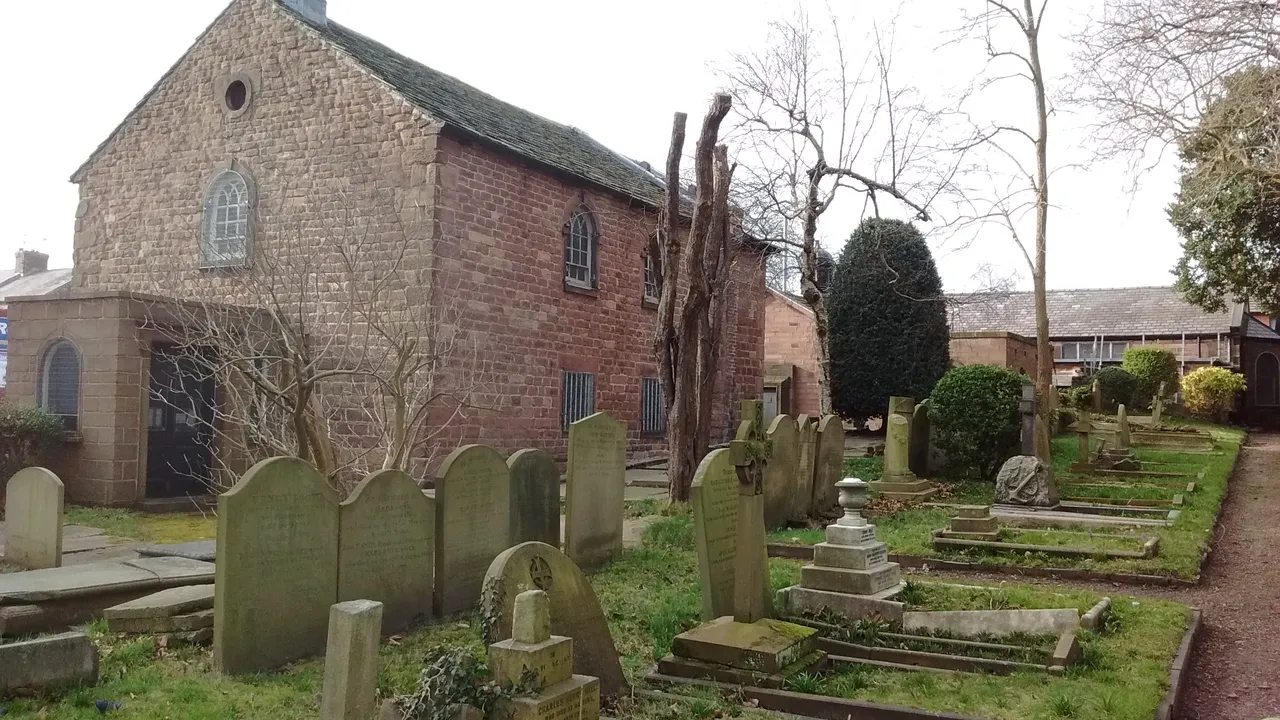
Ancient Chapel of Toxteth Park
Ancient Chapel of Toxteth Park,
born from toil on borrowed land,
bones of sandstone and river blood,
cast iron by king's hand.
Quiet in grief of war and woes,
silent in schism of hallowed rule,
the pious spirit seeped in the bones
of Toxteth chapel in Liverpool.
In age of empire paved with blood,
floods of prayer in reverie,
graves in memory of Davenport,
and other kings of slavery.
Peace settled in Toxteth chapel,
quilted silence, storm-wracked past,
dust curtains in wilting light
heavy with memories amassed.
Poetic Analysis
The two poems above represent very different forms but express interchanging message. The first is a set of three Haiku which follow a very impressionistic style. I wrote these poems while sitting in that graveyard and the inspiration was very sensory. Sounds play a huge part in that poem but also the feeling of the weight of the dead and the weight of the past. This theme follows into the second poem which is much more traditional in form and perhaps more authentic to the location. It is a ballad which explores the duality of the pride I feel for historical places in my city and the disgust at the part that Liverpool played in the slave trade.
Many people might ignore or wish to gloss over these realities of history, but I feel strongly that it is the job of the poet to approach the bitter as well as the sublime.
Carl Gustav Jung once wrote of a dream he had about Liverpool:
The various quarters of the city were arranged radially around the square. In the center was a round pool, and in the middle of it a small island. While everything round about was obscured by rain, fog, smoke and dimly lit darkness, the little island blazed with sunlight. On it stood a single tree, a magnolia, in a shower of reddish blossoms. It was as though the tree stood in the sunlight and were at the same time the source of light. My companions commented on the abominable weather, and obviously did not see the tree.
The dream represented my situation at the time. I can still see the grayish-yellow raincoats, glistening with the wetness of the rain. Everything was extremely unpleasant, black and opaque – just as I felt then. But I had a vision of unearthly beauty, and that is why I was able to live at all. Liverpool is the “pool of life.” The “liver,” according to an old view, is the seat of life, that which makes to live.”
Carl Jung: Memories, Dreams and Reflections, page 223
Jung saw the duality of Liverpool that I spoke about in his dream. I truly believe that it is only with knowledge and emotional attachment to the past, that we will develop the collective unconscious as Jung called it. Learning to perpetuate love and understanding through knowledge of where we have gone right, and breaking the negative cycles of history by understanding where (and why) we have gone terribly wrong.
Poetry and content...

References:
- https://www.atlasobscura.com/places/ancient-chapel-toxteth
- https://en.wikipedia.org/wiki/Toxteth_Unitarian_Chapel
- http://www.liverpool-city-group.com/more/ancient-chapel-of-toxteth-park.htm
- https://en.wikipedia.org/wiki/Royal_Declaration_of_Indulgence
 All images used in this post are my own property taken on my phone at Toxteth chapel. The scroll image with the Horrocks poem was created on cavas.com and credited properly (click link below image to source). If you have enjoyed this travel/history/poetry post, you can check out my other work on my homepage @raj808. Thanks for reading.
All images used in this post are my own property taken on my phone at Toxteth chapel. The scroll image with the Horrocks poem was created on cavas.com and credited properly (click link below image to source). If you have enjoyed this travel/history/poetry post, you can check out my other work on my homepage @raj808. Thanks for reading.





 If you would like to join a fantastic community where we strive to help new steemians grow and develop, why not join me at #promo-mentors discord group which you can find here.
If you would like to join a fantastic community where we strive to help new steemians grow and develop, why not join me at #promo-mentors discord group which you can find here.

Join us @steemitbloggers
Animation By @zord189





